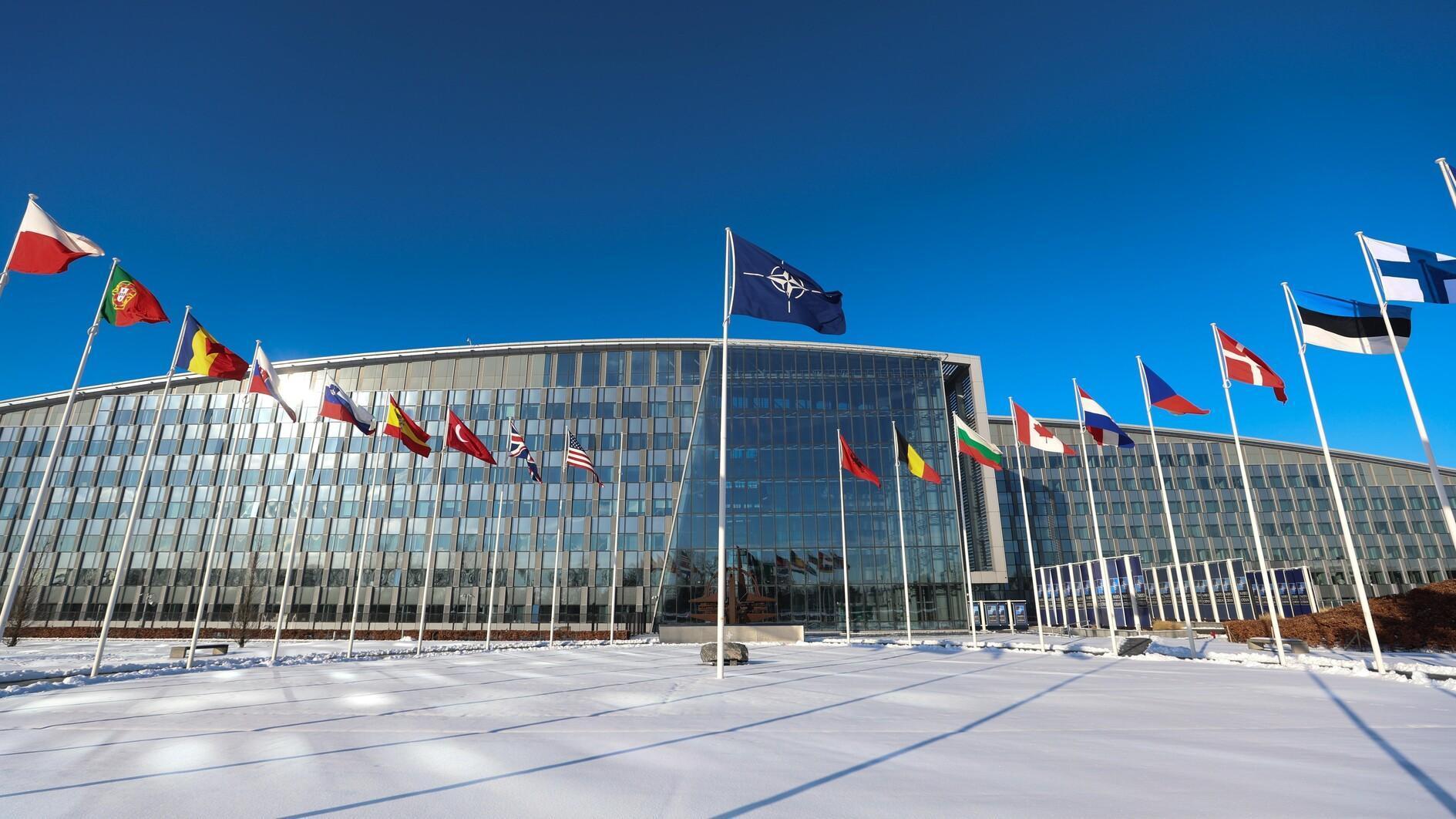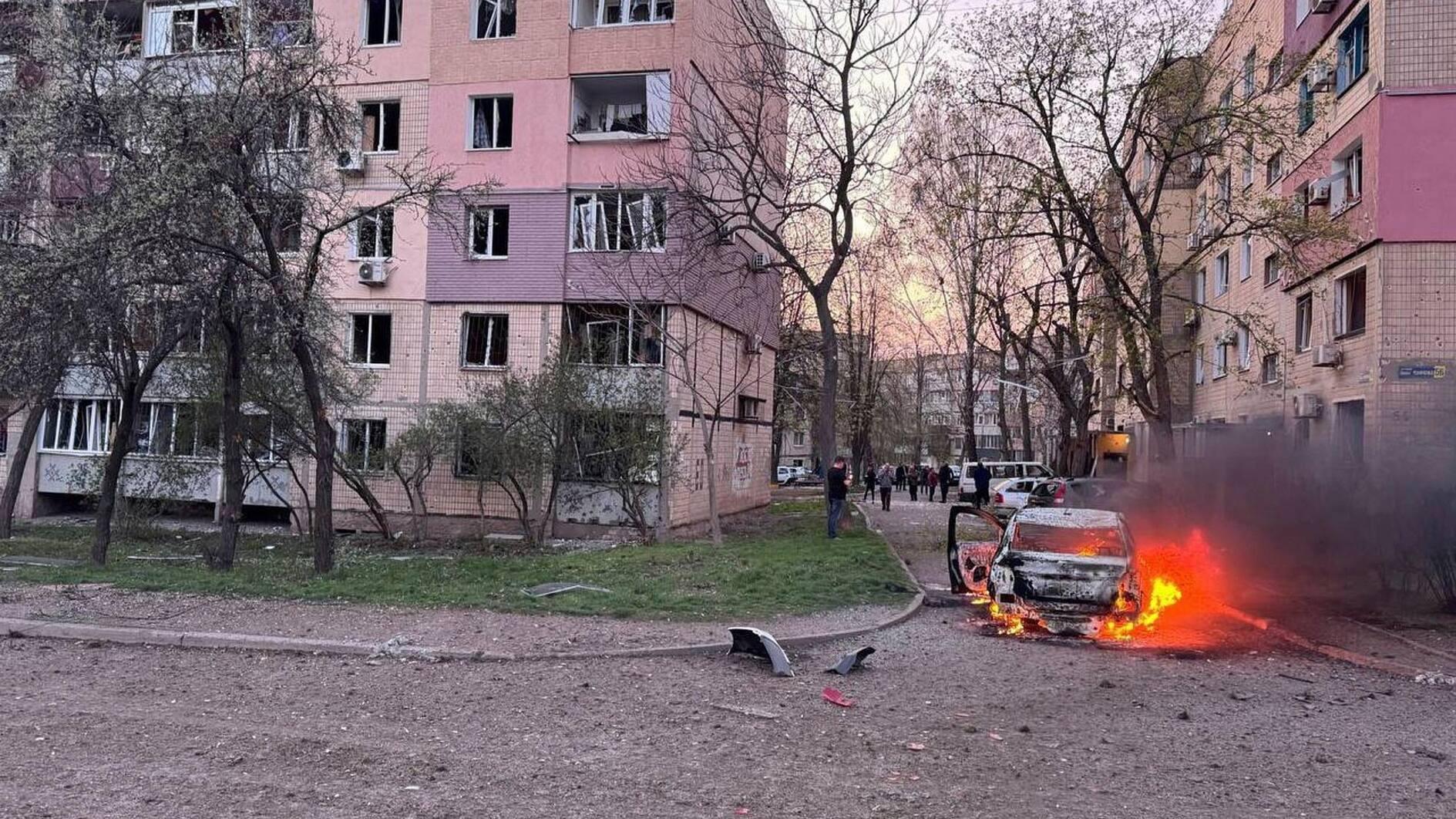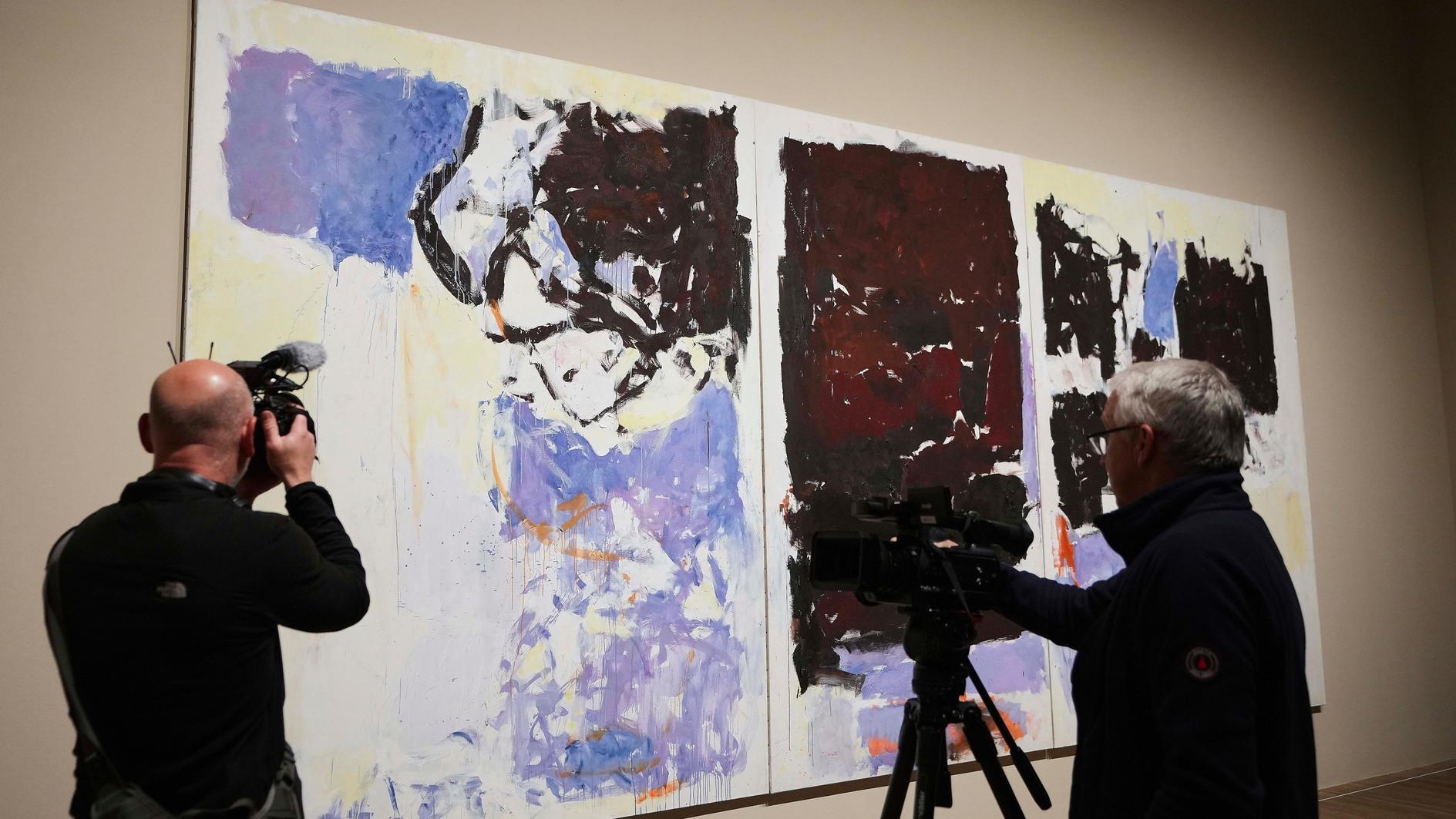Gangs of the Middle East: The good, the bad and the unconventional
PINAR TREMBLAY - pkizir@ucla.edu
“The appearance of law must be upheld, especially when it’s being broken,” said Boss Tweet in the “Gangs of New York,” which chronicles how “America was born in the streets.” Is the new Middle East being born in the labyrinths of the Arab Spring? Many argue about what the process should be called: Is it the Arab or the Middle Eastern spring? Is it spring or one of the other seasons? For some, Arab uprisings are better than Vivaldi’s four seasons, for others one’s spring is another’s fall. The word games continue with little or no avail.
Yet, “the secret sits in the middle and knows” as the poet Robert Frost wrote ever so wisely. We must deal with the necessary if not sufficient conditions of these uprisings. I single out “men with guns.” Maybe we can start with the “armed forces,” even though the support of the armed forces is not sufficient to determine the direction of an uprising, without the armed forces it cannot be successful. At this point, we have realized that we do not really know much about the intricacies of Middle Eastern militaries. Even the Egyptian military which has relatively close links with the West remains a black box.
Lack of information on armed forces is only one part of the equation which boggles our minds. So, add to this fact of the resurfacing phenomena of street militia. They are the paid thugs, sometimes operating independently of the army and sometimes in coordination with the army. They are called “baltagiya (ax holder) in Egypt. In Syria, it is the ghostly units of “shabiha.” They arrive in unmarked cars, civilian clothing. They attack and disappear and with little or no liability. The situation is much more complicated in war-torn Iraq. Their official and unofficial links with state institutions are not transparent. This is not an exhaustive list in any way, as the region is rich with the tradition of paid thugs who are mostly “volunteers” from the thousands of unemployed young men. They fill a power vacuum between the army and the police, between the people and the authoritarian regimes. Hence, if the government falls, their future activities become more threatening to the local population. They are only one form of the non-state armed groups.
Next would be the terrorist groups that can be categorized under “non-state armed groups” even though there are crucial differences between the two subcategories. Their relationship with the central authority, be it a sultan, or a democratic leader, has always been “challenging” at best. Although, governments cannot help but engage with them through the back channels, the norm has been that the “nation-state” will not recognize such “gangs” through formal communications.
As the sands of Middle East shift, we all have to adopt. High-level government officials in the United States now more openly evaluate the methods of engagement. Indeed, any country which aims to be credibly involved in the Middle East has to acknowledge that these non-state armed groups are a force to be reckoned with sooner or later. This engagement will require Foreign Service personnel to have a different type of training. It will also require an update in the defense ministry bureaucracies along with intelligence services. The region will not be stable prior to the consolidation of these armed groups, which might last a few generations – if it ever happens. In that case, only those countries who can adjust their foreign policies in ways to engage the streets through formal methods, as regular diplomacy foresees, will achieve success.
The Middle East, with its young, vibrant population, is experiencing the pains of change as the current laws are frequently broken by those armed groups. If appearances are to be upheld through these enigmatic times, as was uttered in the “Gangs of New York,” we need to comprehend the reality on the ground. The first sober step may just be to acknowledge that the key pieces to the not-so-sanguine Middle Eastern puzzle are still in the hands of those who carry guns. It is high time we stop “dancing around a ring and suppose.”
*Pınar Tremblay is a Ph.D. candidate in the Department of Political Science at the University of California, Los Angeles, or UCLA.











